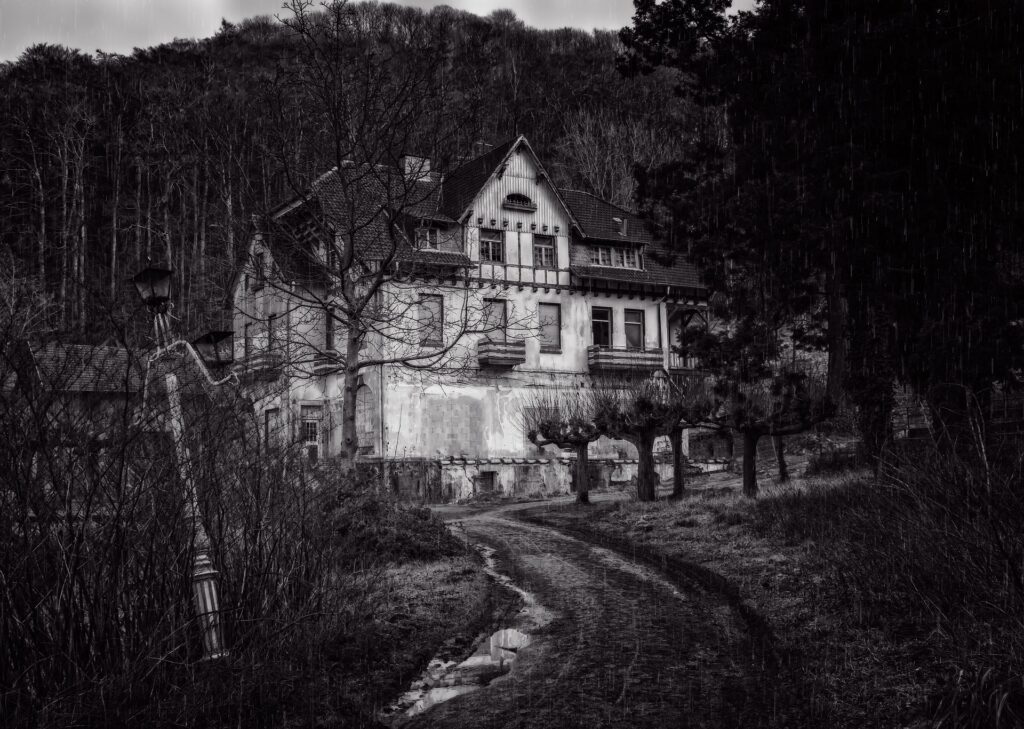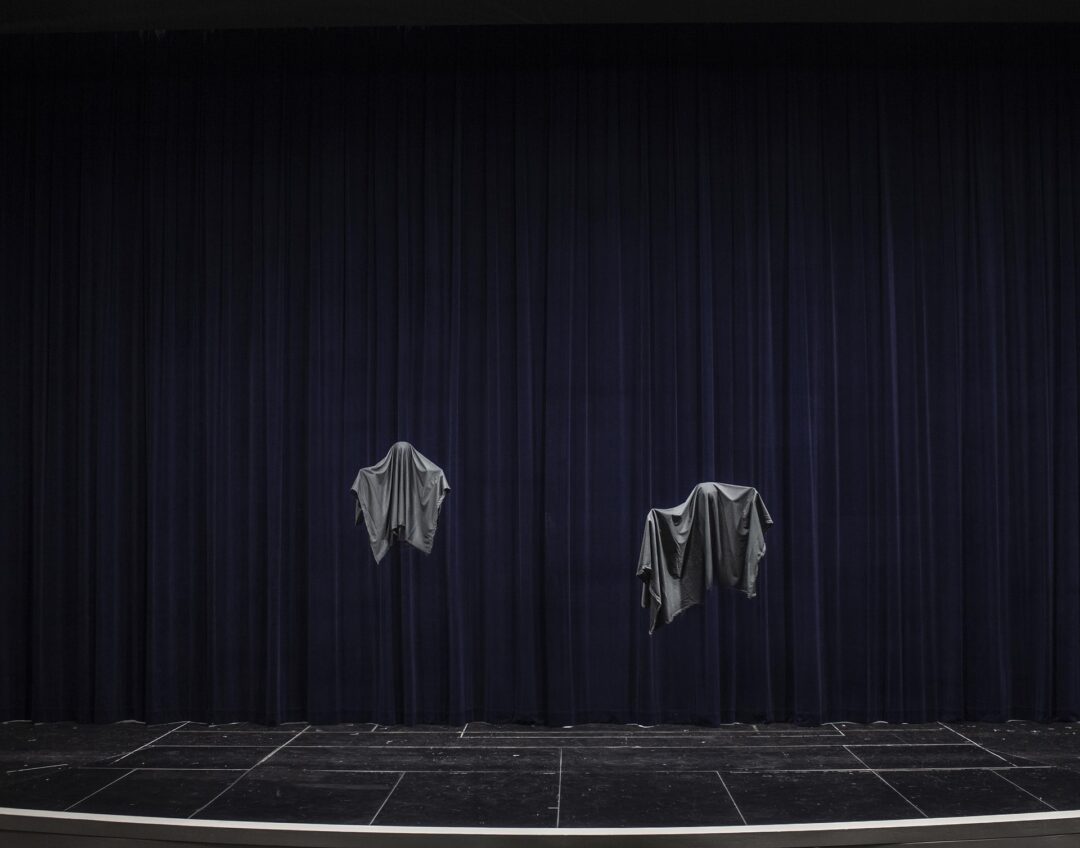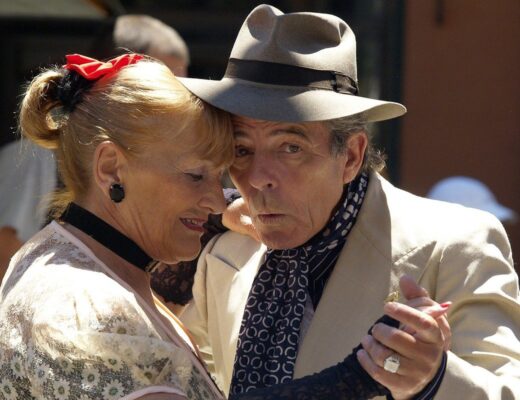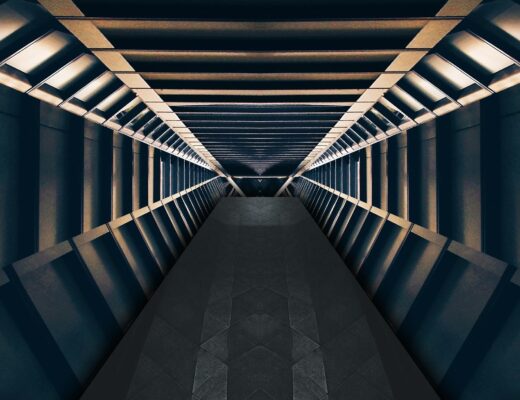I know that it’s officially November, and a good chunk of society is quickly sliding into the swing of Christmas.
Not here.
Not on my watch.
(No offense intended if you’re reading this and love Christmas. You do you 🙂 )
I’ve got one last spooky character for you.
At least for now.
(Side note, if you’re interested in spooky character movement studies, check out some of my recent posts where I delve into films such as Hocus Pocus and Alien.)
See, around Halloween (and most of the winter, if I’m honest), I reflect on one of my most memorable opening nights.
It was 2012, and I was a part of a group of delightful people in Davis, CA, called Common House productions.
This was the year we put on a production of The Woman in Black
It’s a Victorian ghost story.
Very gothic.
A haunted house on the moors, kind of ghost story.
Kinda like this…

But more foggy and dark.
It’s the story of a young lawyer sent to a remote English village to settle the estate of a recently deceased elderly and reclusive client.
In his travels, he encounters a ghost named by the villagers as The Woman in Black.
As the story unfolds, he discovers a terrifying mystery and a woman’s loss so great, it seeped deeply into the very bones of the community.
So, a ghost that is terrifying an entire village, that never speaks, and only exists as a haunting afterthought, roaming the space at a slow and steady, spooky pace?
Challenge accepted.
So, this is how I used character movement work to scare the s*it out of our audiences and added my name to the long list of performers to have played a spooky specter.
The Woman in Black
To delve a bit deeper, for the sake of context, The Woman in Black is originally a book by English author Susan Hill, published in 1983.
Soon after, it was adapted into a stage play by Stephen Mallatratt in 1987. To this day, it remains one of the longest shows running in the West End, in London.
You may have seen it cross the screen in 2012, in the film adaptation starring Daniel Radcliff.
Now, of course, each adaptation is a bit different from the other, but I enjoy all of them independently.
Not talking about the sequel film, though. Nope, that one I can’t get behind.
The play, which is a play within a play, centers around Arthur Kipps, the lawyer.
An older Kipps is reading his dramatized accounts of his time in the remote village in Crythin Gifford. This is when he was younger, and where he came across The Woman in Black.
He hires a young actor to help him act out this story.
And the rest, well, I won’t spoil anything. I should probably get a move on and share my character movement signature, right?
But, if you’d like to know more, check out the BBC’s Bitesize series that gives a detailed summary.
A ghosts movement signature
For this specters movement signature, I used the tools of Labanotation, which is the dance notation work created by the great Rudolf Laban.
Now, if you’re not familiar with the work of Rudolf Laban or Labanotation, check out my intro post. It’ll help you get acquainted with this excellent building-block method for creating physically diverse characters.
There were two essential parts in my movement signature: sustained and bound.
This is a ghost who is, in many ways is a moving part of the scenery. With very few lines (and only from the perspective of a letter written years before), the majority of what I had to work with was presence.
One of the key Laban building blocks I used for my movement signature is sustained.
Sustained, meaning movements that have a longer acceleration and, therefore and longer deceleration.
Movements that were fluid and gliding were vital for this character. Often moving so slowly that the focus would be on the other characters on stage that I’d be in a different spot when an audience member turned to look at me.
Next on the building block list is bound.
Now, to appear as I was always moving ever so slowly meant I had to utilize the strength of my legs.
I used bound to ground the lower half of my body. By engaging the muscles in my legs (since I was wearing a long dress with a lot of layers,) I could balance on one leg, keeping it bound, as I slowly moved the other to step forwards.
Combining these two, I could then explore other building blocks and move directly or indirectly, lightly or heavier, whenever the scene and direction required.
Though I will say, being hyperfocused on my movements, led to an exhausting performance. But well worth it.

Opening night
So, it’s probably obvious why I think of this show around Halloween, being a ghost story and all.
But, there’s more to this story.
See, we’d built a stage in one of our director’s backyards and opened on Halloween itself.
And the most brilliant thing about it?
About thirty minutes before we started the show, it began to rain.
The ground, having been covered in leaves earlier in the day because ya know…autumn…were now wet and therefore silent to walk upon.
I can attest, while playing a ghost, nothing quite beats sneaking up on a gaggle of frat boys in the audience. Hearing them s*it themselves as I silently snaked up the aisle to the stage.
Their screams still make me smile.





Andrew
November 8, 2021 at 8:44 pmGawds, I wish I could have been there that night for the frat boy screams XD